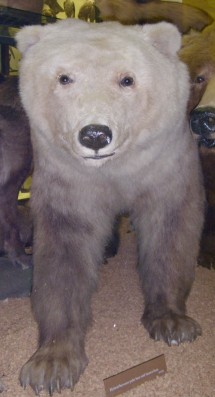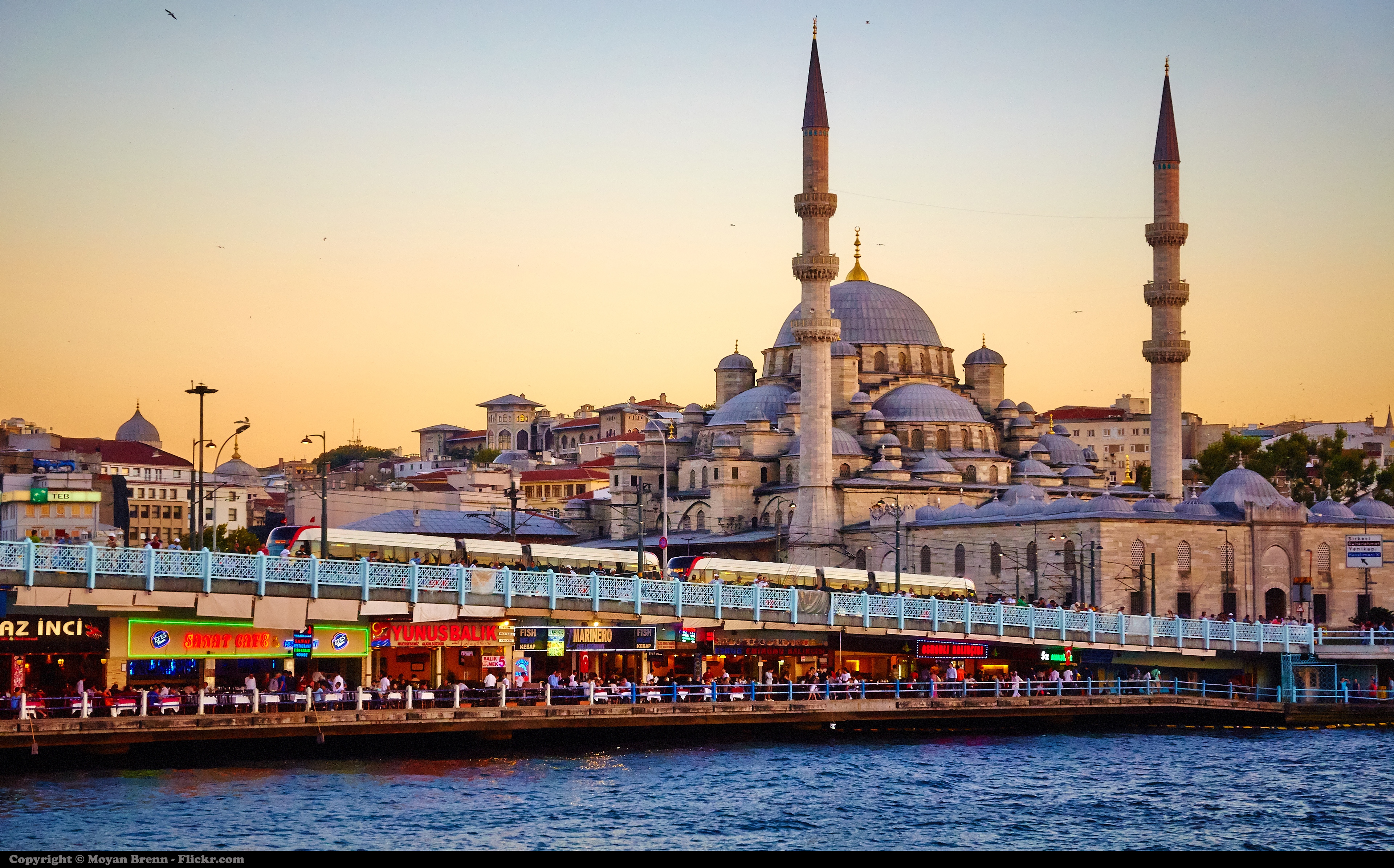Tag Archives: future
Prospection and the Anthropocene
I’d like to share two recent items from the news that make a sobering pairing.
The first is an opinion piece in the New York Times by psychologist Martin Seligman and Times science writer John Tierny summarizing a new theory about human beings that emphasizes our orientation toward the future. Continue reading
A postcard from the future
Conversations about the Anthropocene inevitably involve questions about the future of the Earth and its inhabitants. On this very blog, we’ve contemplated what the Anthropocene means in relation to Continue reading
The real inconvenient truth?
This will not be a very scientific post, but it is also not a rant. I am trying to understand something: why is there so little large scale planning and discussion about the inevitable and grave consequences of climate change?
There is a surprising amount of Continue reading
Mourning the Dodo: On Significant Otherness in the Anthropocene — Part 2

Pictured here is a “grolar,” one of the many arctic hybrids that are part of the “sexual revolution” going on in the Arctic due to climate change.
Mourning the Dodo: On Significant Otherness in the Anthropocene — Part 1
We welcome Tom Lekan, of the University of South Carolina, as a guest on the blog . . . click for his bio, or go to the “Who we are” tab. This is the first installment of a two-part post; please come back again next week for the conclusion. Continue reading
Storytelling & Practices of Habitation (Pt. II)
Last summer I rode 2,500 miles across the country, interviewing people about “the sacred” and our human connection to land and place. This is the second of two posts about my experiences–if you want to start with the first one click here.
Continue reading
Looking Back From the Anthropocene
As the Anthropocene unfolds and becomes more manifest, will its inhabitants look back and blame their predecessors on Earth (us, and perhaps earlier generations as well) for bequeathing them a planet not fit for Continue reading
“Futurologists Look Back”
“Fingerprint, bellwether, model event: Climate change as speculative anthropology”
The climate change fingerprint, bellwether and model event are three epistemic figures through which it may be possible to know the future through attention to specific material relations. They offer Continue reading
Pitfalls and potentials in dating the onset of the Anthropocene
Just when (and how) did humans begin influencing the planetary system? Recent posts on this blog – notably those by Zev and Stephen on creation myths, Noah’s on cosmopolitanism, and David’s on Holocene climate – have spurred me to think about how delimiting a chronological date on the start of the Anthropocene influences how we think about habitability. Here I present some musings.
As initially conceived by non-archaeologists, the start of the Anthropocene was placed Continue reading

